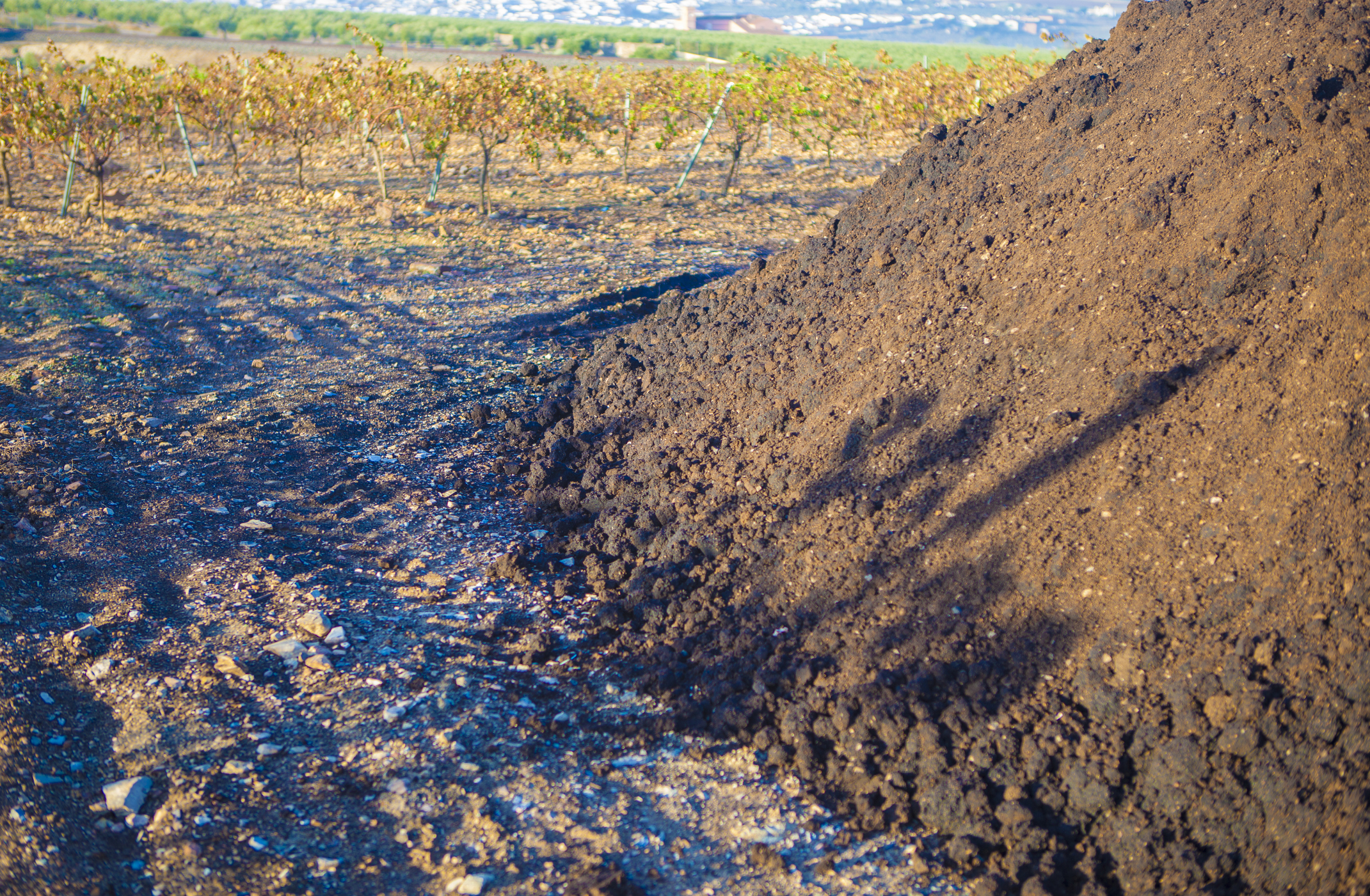Effective manure application and management requires regularly pumping and spreading manure to keep open storage capacity available. Inclement weather limits opportunities to spread manure while restricting where to apply it. But with advanced planning and the right equipment, like manure spreaders, you can ensure adequate storage space opens when bad weather hits. You can also still take steps to preserve soil fertility and minimize environmental impact.
Developing a Winter Manure Application Plan
You must practice responsible manure management, no matter how big or small your farm operation is. This involves scheduling manure application to coincide with optimal weather conditions, reducing the risk of nutrient loss through runoff and the resulting adverse effects on water quality.
Winter is no different from other seasons. When applying manure during winter, adherence to best practices is essential to maximize the benefits to your future crops while protecting the surrounding environment.
Where to Apply Manure
It’s best to apply manure to areas unlikely to experience significant runoff. Aim for tracts that have:
- Flat fields: Avoid spreading manure on slopes to minimize harmful nutrient runoff. Flat areas away from streams or other water bodies are ideal.
- Crop residue: Harvest crop residue helps hold manure in place during heavy rain and snowmelt. Aim for fields with at least 30% residue cover.
- Cover crops: Cover crops trap manure and keep it from washing away. They also absorb nutrients as they grow, reducing the risk of nitrate leaching.
- Don’t spread on snow: Applying manure to snow-covered fields dramatically increases the chance of nutrient loss. If storage is at capacity and you have no alternative, spreading solid waste is preferable as there’s less risk of runoff.
- Avoid spreading during deep freezes: If you must spread liquid manure during a cold snap, try to do so when the weather report calls for a daytime thaw and overnight freeze. Multiple light applications are a better alternative to a single, heavy application.
When to Apply Manure
Timing your manure application in winter is tricky because weather conditions are often unpredictable. If possible, stick to these two rules of thumb:
How to Apply Manure
Soil testing is important year-round to maintain an equilibrium between the nutrients applied to the soil and the needs of the crops absorbing them. Frequent monitoring of nutrient levels makes it possible to identify the maximum level of manure application your soil can sustain. It’s also critical to spot phosphorus and nitrate buildup early so you can make adjustments.
Take manure management to the next level with John Deere's manure constituent sensing technology. Its automated speed control and other features enable more precise and targeted applications. Your local John Deere dealer can help you find this and other nutrient application equipment this winter.
